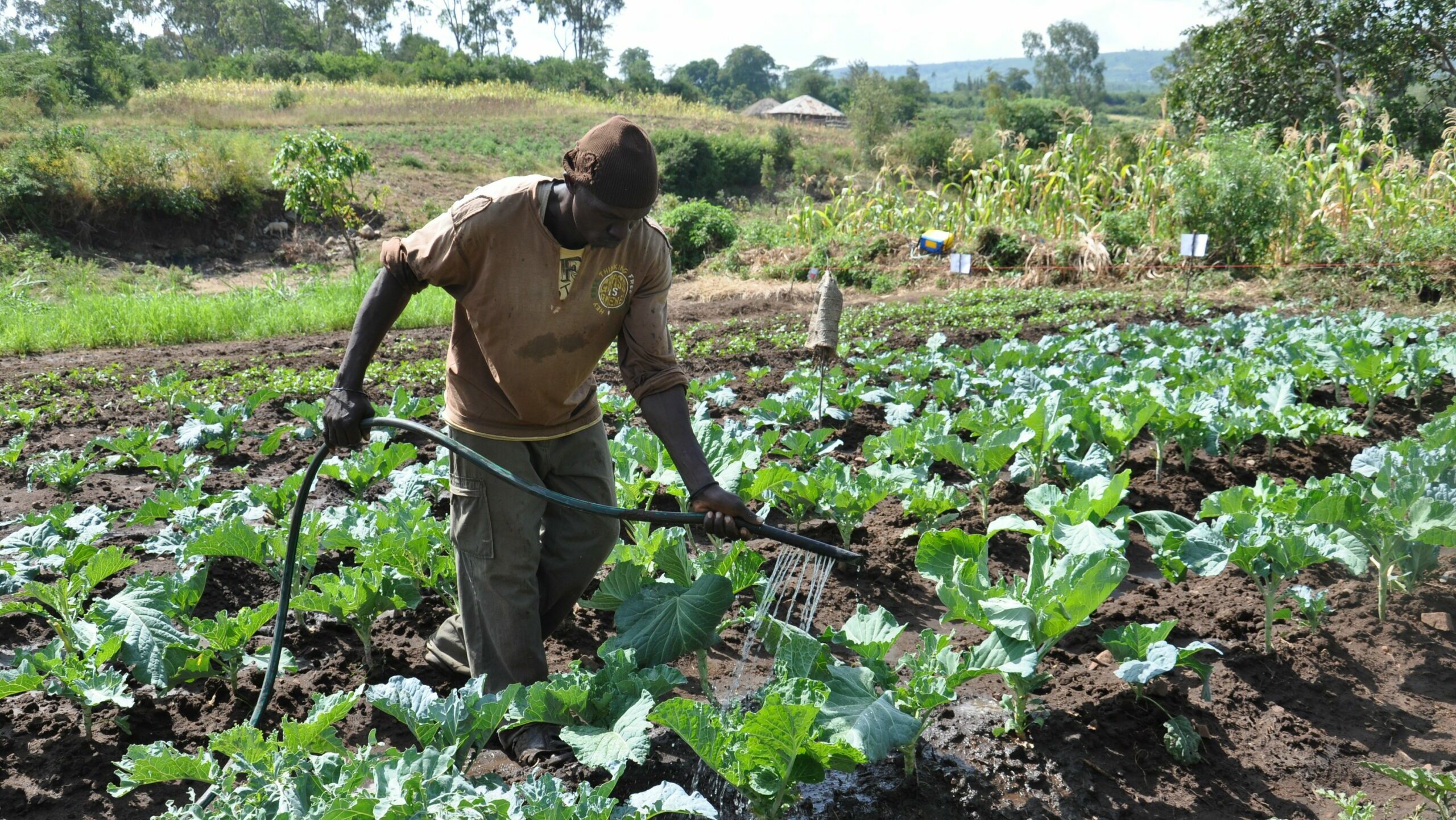Therefore, the media as well as influencers should be the right conveyors of this information, so that we collaboratively address hunger in the continent. Most of the time, the media and influencers blame decision makers, forgetting the role they play in raising awareness on food insecurity.

By Patrick Githinji
I recently challenged a friend on whether she understands the farming seasons in Kenya as well as what food systems are all about. To my shock, she mumbled, but I could not blame her, because we forgot most of the courses after graduation from university.
In a continent as diverse as Africa, where most people do not have the luxury of three meals, there is a need to understand what food systems are all about, including the planting season. Being intentional about understanding food systems is important for all of us, because we need food.
Therefore, the media as well as influencers should be the right conveyors of this information, so that we collaboratively address hunger in the continent. Most of the time, the media and influencers blame decision makers, forgetting the role they play in raising awareness on food insecurity. These influencers, especially those working on food, post nice pictures of food in fancy restaurants but ignore to tell us where the food comes from or whether we have enough food in our countries and across the continent. To address food insecurity, we need to ask ourselves tough questions? Where does this food come from? Was the seed variety the best? What crop can withstand the dry weather pattern in Kenya, Ethiopia, Malawi, Somalia, amongst other places. How do we transport food from the farms? How do we store this food? This is the only way we can start changing the hunger narrative in the continent.

Media outlets and influencers serve as powerful conduits of information, playing a central role in communicating the challenges and opportunities within Africa’s food systems. Through a variety of mediums such as print, broadcast, and digital platforms, they have the ability to bring attention to the various stages of food production, distribution, and consumption. From the vast agricultural landscapes to bustling urban markets, media outlets capture the essence of the food journey, allowing the public to witness the challenges faced by farmers, the intricacies of supply chains, and the impact on local communities.
Influencers, with their wide-reaching social media platforms, further amplify these messages, utilizing their personal brands to engage and educate audiences on the multifaceted nature of food systems. Through compelling storytelling and visual content, they bridge the gap between complex agricultural processes and the everyday lives of their followers.

One of the key contributions of media and influencers lies in their ability to spotlight innovative agricultural practices and solutions. Africa is a hotbed of agricultural innovation, with farmers, scientists, and entrepreneurs developing sustainable solutions to address the challenges facing food systems. Media platforms can showcase success stories, from the adoption of climate-smart farming techniques to the integration of technology in agriculture.
By featuring these positive narratives, media outlets and influencers not only inspire change but also provide a platform for the exchange of ideas. The spotlight on innovations in agriculture serves to encourage the adoption of best practices, promoting resilience and sustainability across diverse landscapes.
Understanding Africa’s food systems requires a nuanced approach that takes into account the continent’s rich cultural diversity. Media outlets and influencers, when operating with cultural sensitivity, can bridge gaps in understanding between urban and rural, traditional and modern.
By providing a platform for local voices and perspectives, they contribute to a more comprehensive and accurate portrayal of the challenges and opportunities within African food systems. This approach not only enriches the narrative but also fosters a sense of inclusivity, ensuring that the complexities of food systems are understood in their local context.
In conclusion, media and influencers serve as catalysts in unraveling the complexities of Africa’s food systems. Through their communication prowess, spotlighting innovations, addressing challenges, fostering cultural understanding, advocating for policies, and leading educational initiatives, they play a critical role in shaping a more informed and engaged public. As Africa navigates the challenges and opportunities within its food systems, the collaborative efforts of media and influencers are indispensable for driving positive change, fostering sustainability, and ensuring food security for generations to come. Their ability to weave narratives that connect with diverse audiences makes them an indispensable force in shaping the future of food systems in Africa.
Patrick Githinji is an Award-Winning Multimedia Communication Professional.







